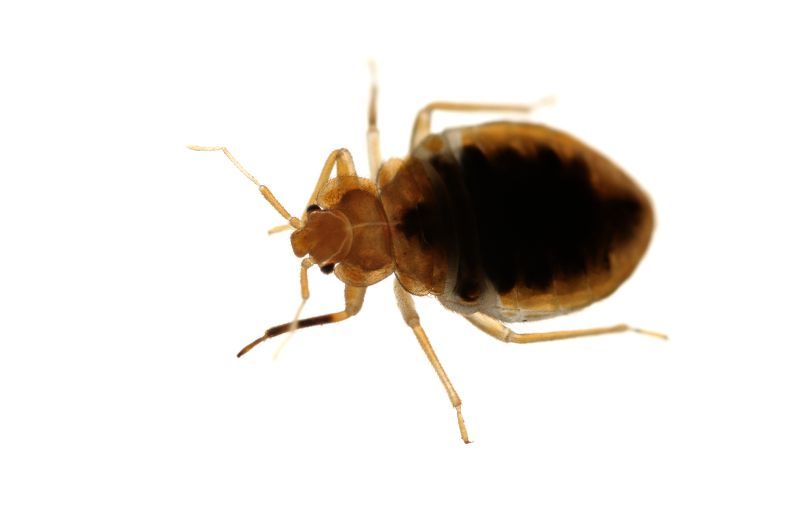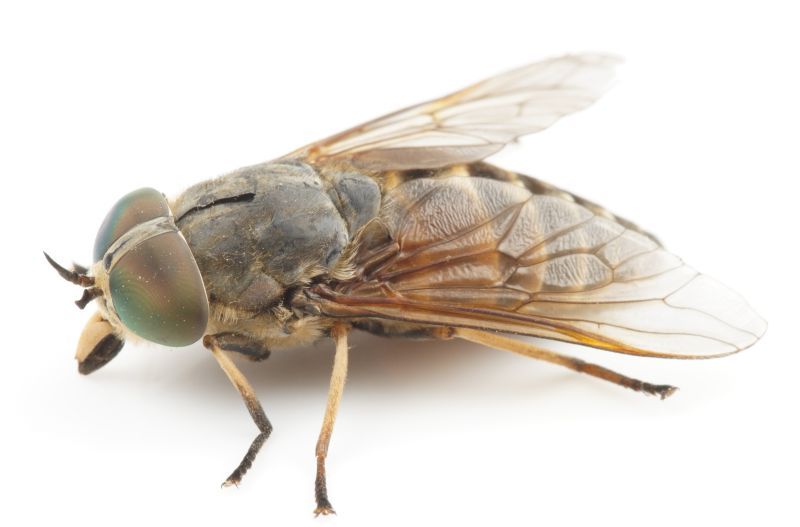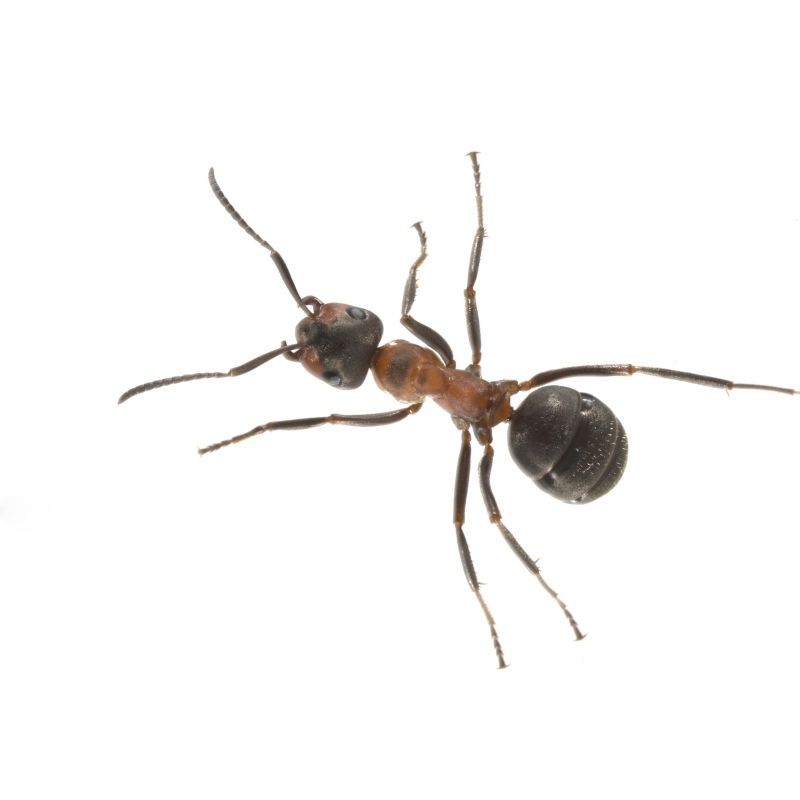Insects Overview
So far as we know Entomology is the study of insects and their relationship to humans, the environment, and other organisms. From the Greek Philosopher (Αριστοτέλης) Aristoteles which meant the "best purpose", derived from (Άριστος) Aristos "best" and (Τέλος) telos "purpose aim". This was the name of Greek Philosopher of the 4th Century BC we assign the founding of Entomology and made contributions to the world. For 2000 years the few writers who dealt with zoological subjects followed Aristotle's leading. In the 4th century BC the Greek philosopher and scientist Aristotle provided descriptions of insect anatomy establishing the ground work for modern Entomology. Aristotle began Entomology from Greek (έντομο) entomo "denoting an insect" (λογία)-logy "the study of" as a formal field of study, related to biology Aristotle's great work on the Natural History of Animals was the first important attempt of which we have any record at scientific study and classification of animals, including insects, and was the great force and authority in zoological writings. The zoological categories of genetics, taxonomy, morphology, physiology, behavior, and ecology are included in this field of study. Also included are the applied aspects of economic entomology, which encompasses the harmful and beneficial impact of insects on human and their activities. Entomology also plays an important role in studies of biodiversity and assessment of environmental quality.
More than one million different species of insects have been identified, but some experts believe that there may be as many as 30 million insect species in the world that have yet to be discovered and identified. In the United States, the number of described species is approximately 91,000. The undescribed species of insects in the United States, however, is estimated at some 72,300.



The largest numbers of described species in the U.S. fall into four insect Orders:
-
Coleoptera (beetles) at 23,700
-
Diptera (flies) at 19,600
-
Hymenoptera (ants, bees, wasps) at 17,500
-
Lepidoptera (moths and butterflies) at 11,500
There are about 302 insects that can be found in the Insect Identification database for the great state of New York. These great numbers of insect species and individuals were created by a number of factors including their long geological history, the capability of flight, their small size that allows survival in many various habitats and their general adaptive abilities to the environment. Insects have remarkable fertility and reproductive abilities, which have usually led to the vast numbers of individuals in nature.
Insects are invertebrates so do not possess backbones and, being jointed in limbs and body they qualify for the phylum Arthropoda. This includes animals such as shrimps, centipedes and spiders but the insects themselves belong to the Class Insecta. The fundamental characters displayed by all insects to a greater or lesser extent are:
Exosceleton
All insects have three main body regions: the head, the thorax, and the abdomen.
-
The Head: The main visible parts on the head are the large compound eyes, the antenna (feelers), and the mouthparts. On the grasshopper, the antennae are long and thread-like. Grasshoppers have chewing-type mouthparts, but other insects may have sucking, rasping, or undeveloped mouthparts.
-
The Thorax: The thorax is the middle region of the body, and it bears the legs and wings, if wings are present. The front wing is long, narrow and somewhat leathery on the grasshopper. The hind wing is membranous and folds like a fan under the front wing when the grass hopper is not flying. Almost all insects have a pronotum covering the top of the first segment of the thorax, but it is usually not as big as on a grasshopper. On the grasshopper it looks like a saddle behind the head. Near the base of the middle leg, there is a small breathing hole called the thoracic spiracle. Insects breathe through spiracles and not through their mouths. The legs of different insects are adapted to do different things. The legs of some insects are adapted for swimming, burrowing, jumping, or grasping.
-
The Abdomen: The abdomen does not have many outstanding features on most insects. It just looks like a series of similar-looking segments. On some grasshoppers, there is a large round disc on the first segment next to the thorax. It is called a tympanum and is the grasshopper's ear. If you look closely at the other abdominal segments, you can find a pin-hole on the side of each segment. They are abdominal spiracles and are also used for breathing just like the spiracle on the thorax. The immature forms of insects, the larvae and pupae, exhibit the same basic characteristics although often in a much simplified form. Thus the eyes and limbs are very simple structures and the wings only exist as buds.
Classification
The existence of an exoskeleton imposes a restriction to growth necessitating moulting if the insect is to grow any bigger. Moulting is therefore a major process in the development of the adult insect. It also enables the insects to be classified according to their life cycle and this can be important when considering control measures.
This classification is:
Wingless with no metamorphosis. Moulting will still occur when the adult stage is reached.
- Protura: Proturans
- Collembola: Springtails
- Diplura: Two-pronged bristletails
- Archaeognatha: Bristletails
- Thysanura: Silverfish
Wings develop externally, they exhibit incomplete metamorphosis with nymphs resembling adults (gradual metamorphosis).
Winged insects with adults distinct from young and not subject to moulting. There are two types:
- Orthoptera: Crickets Dermaptera: Earwigs
- Dictyoptera/Blattodea: Cockroaches
- Isoptera: Termites
- Psocoptera: Booklice
- Hemiptera: Bed bugs
- Odonata: Dragonflies
- Ephemeroptera: Mayflies
- Plecoptera: Stoneflies
- Embioptera: Webspinners
- Phasmida: Stick insects
- Orthoptera: Grasshoppers
- Mantophasmatodea: Phasm
- Mantodea: Mantids
- Phthiraptera: Lice
- Thysanoptera: Thrips
Wings develop internally they exhibit completed metamorphosis, there is a dramatic change from egg to adult involving distinct larval and pupal stages.
- Lepidoptera: Moths
- Coleoptera: Beetles
- Hymenoptera: Wasps and ants
- Nevroptera: Lacewings
- Trichoptera: Caddisflies
- Mecoptera: Scorpionflies
- Siphonaptera: Fleas
- Strepsiptera: Twisted winged parasites
- Diptera: True flies
Insects may be responsible for allergic reactions, bites or stings.